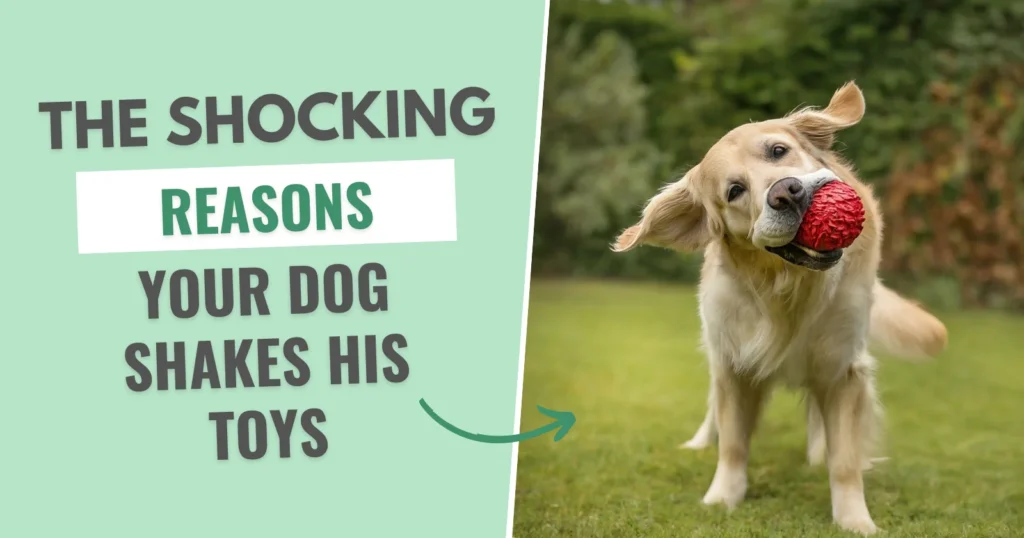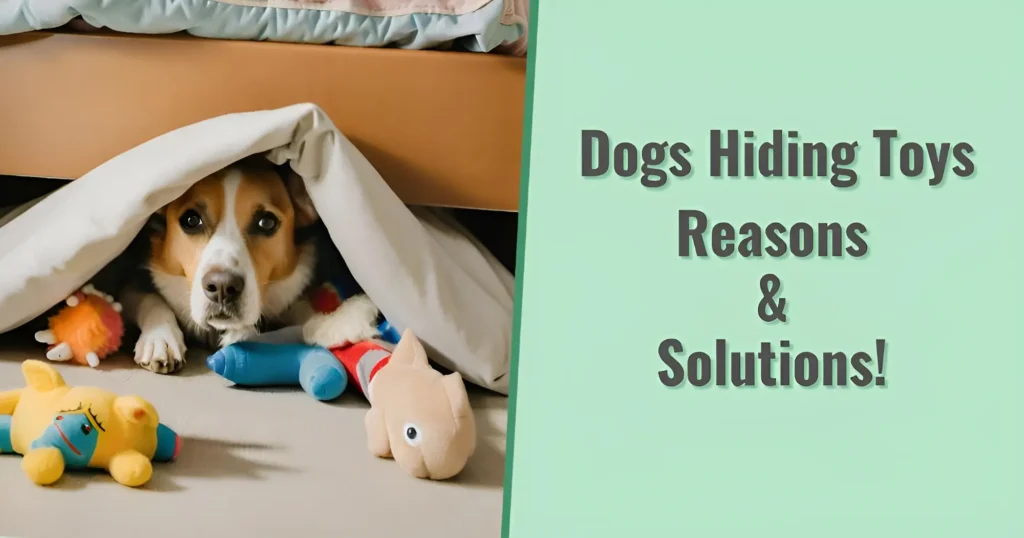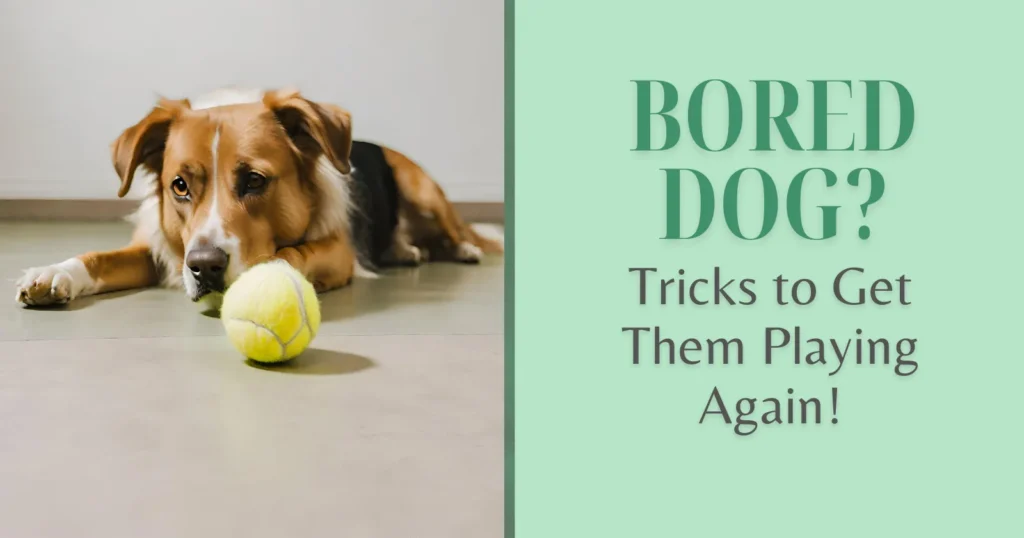I can not tell you how many times I’ve observed my furry companion engaging in what can only be described as a spirited session of toy-shaking. This behavior, while common, is loaded with ancestral significance and behavioral nuances that are as fascinating as they are vital for every pet parent to understand. Today, we’re diving deep into the world of dogs and their seemingly playful antics to uncover the reasons behind why dogs shake their toys, with a special focus on the vigorous shaking episodes and the intriguing post-walk toy shakes.
NOTE: Shaking their toys is different from shredding their toys.
The behavior emerges from multiple factors that come from ancestral connections, physical and mental stimulation, and a mix of emotions that can range from burning off energy to simply expressing a transitional state.
Why Does My Dog Shake His Toys Violently? 2 key aspects


1- The Ancestral Connection
- Instinctual Behavior
At first glance, watching your dog shake his toys with gusto might seem like pure play, but this behavior is deeply rooted in their ancestral DNA. Dogs, descending from wolves, have inherited many instincts, one of which is the killing method of shaking prey. This violent shaking is a natural instinct meant to dispatch prey quickly. When your dog is shaking his toy, he’s essentially channeling his inner wolf, executing a behavior that has been passed down through thousands of years of evolution. Remember that your pooch can not let go of their ancestral instincts despite being domesticated for many years.
- Teething Relief
For puppies, violent shaking can also be a way to find relief during teething. The motion can help alleviate the discomfort in their gums. Puppies often choose toys with different textures to shake, bite, and chew to soothe their aching gums. You can notice other symptoms as well, including your dog whining when chewing his toys.
2- Mental Stimulation and Physical Exercise
- Honing Hunting Skills
Dogs enjoy toys that stimulate their predatory instincts. Shaking toys violently allows them to practice and refine the skills they would have needed in the wild. This not only provides them with necessary mental stimulation but also serves as a form of physical exercise, ensuring they remain fit and healthy. Something we have to adjust to because, despite being domesticated, our furry friends can not give up the joy of catching their prey.
- Stress Relief
Sometimes, the vigorous shaking of toys can be a dog’s way of relieving stress or excitement. Much like humans need an outlet for their pent-up energy or emotions, dogs use toy-shaking to manage their emotional state.
If you notice a furry frenzy fit, this may be it.
Why Does My Dog Shake His Toys After a Walk?
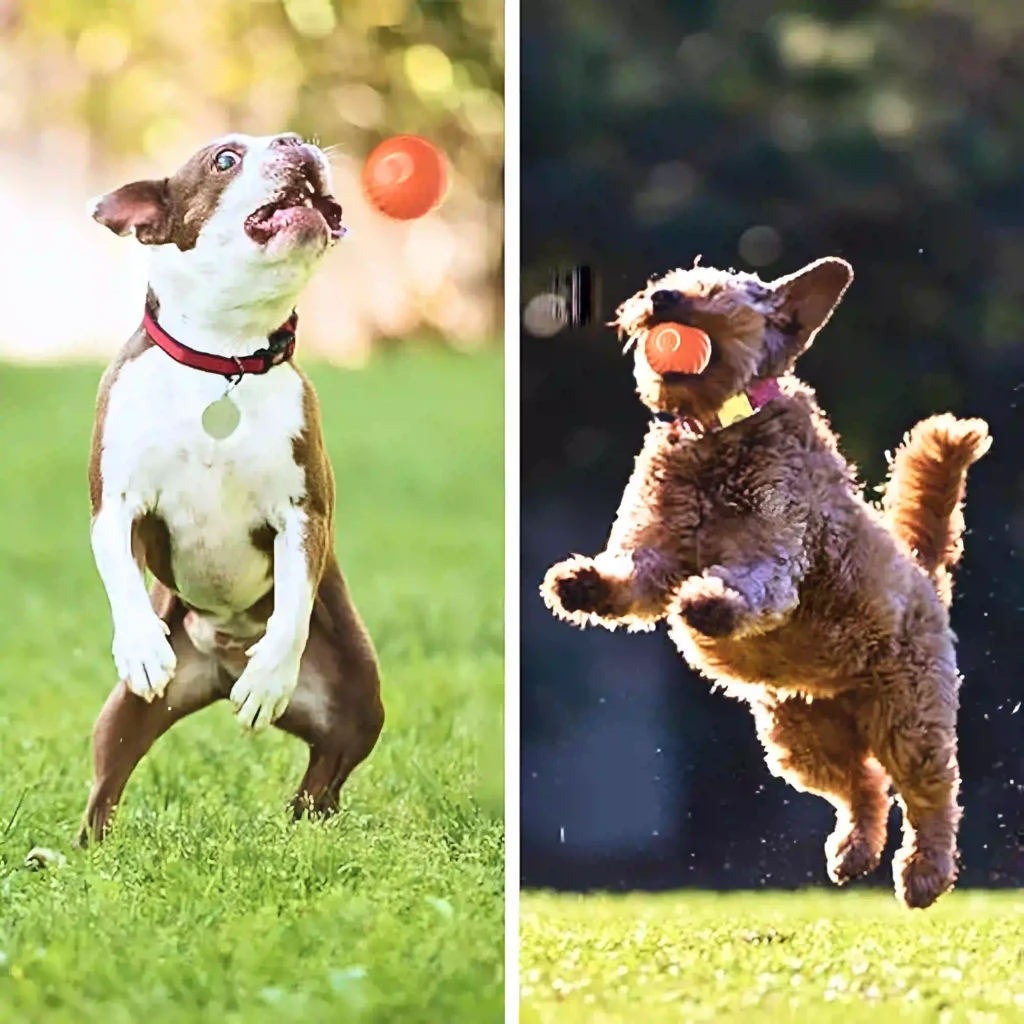

The Victory Shake (Marking a Successful “Hunt”)
After a walk, your dog is likely to be in a heightened state of excitement and stimulation from all the smells, sights, and sounds encountered. Shaking a toy upon returning home can be an expression of triumph, akin to a hunter celebrating a successful hunt. This behavior reinforces their self-esteem and provides a satisfying end to their outdoor adventure.
Transitioning Between Activities
Shaking a toy after a walk can also be a way for dogs to transition from the high-alert mode of the outside world to the calm and safety of their home environment. It’s a ritual that helps them switch gears mentally and physically.
My dog always gives his rope toys a good shake after coming home from the park and then clutches onto it afterward as he takes a quick little nap.
Post-Exercise Energy Burn
Excess Energy Release: even after a walk, some dogs may still have a surplus of energy. Engaging in a vigorous activity like toy shaking helps them release this leftover energy, ensuring they are more relaxed and content afterward.
Cooling Down
For some dogs, shaking their toys after a walk acts as a cooling-down exercise, helping to gradually reduce their heart rate and relax their muscles after the physical exertion of the walk. In-link with the exertion of catching their make-believe prey, it is now time for them to relax and unwind.
Understanding why your dog shakes his toys, whether with fierce intensity or as a post-walk ritual, offers invaluable insights into their mental and physical well-being. It reminds us that many of their behaviors, no matter how quirky they may seem, have deep-rooted origins and purposes. By recognizing and appreciating these actions, we can better connect with our canine companions, ensuring they lead happy, healthy, and fulfilling lives.
As dog owners, it’s our job to provide our pets with a variety of toys that cater to these instinctual needs, ensuring they’re both mentally stimulated and physically satisfied. Remember, the next time your furry friend embarks on a toy-shaking adventure, it’s not just play; it’s a complex tapestry of instinct, exercise, and emotional regulation unfolding before your eyes.
Addressing and Management: Most and Least Effective Methods
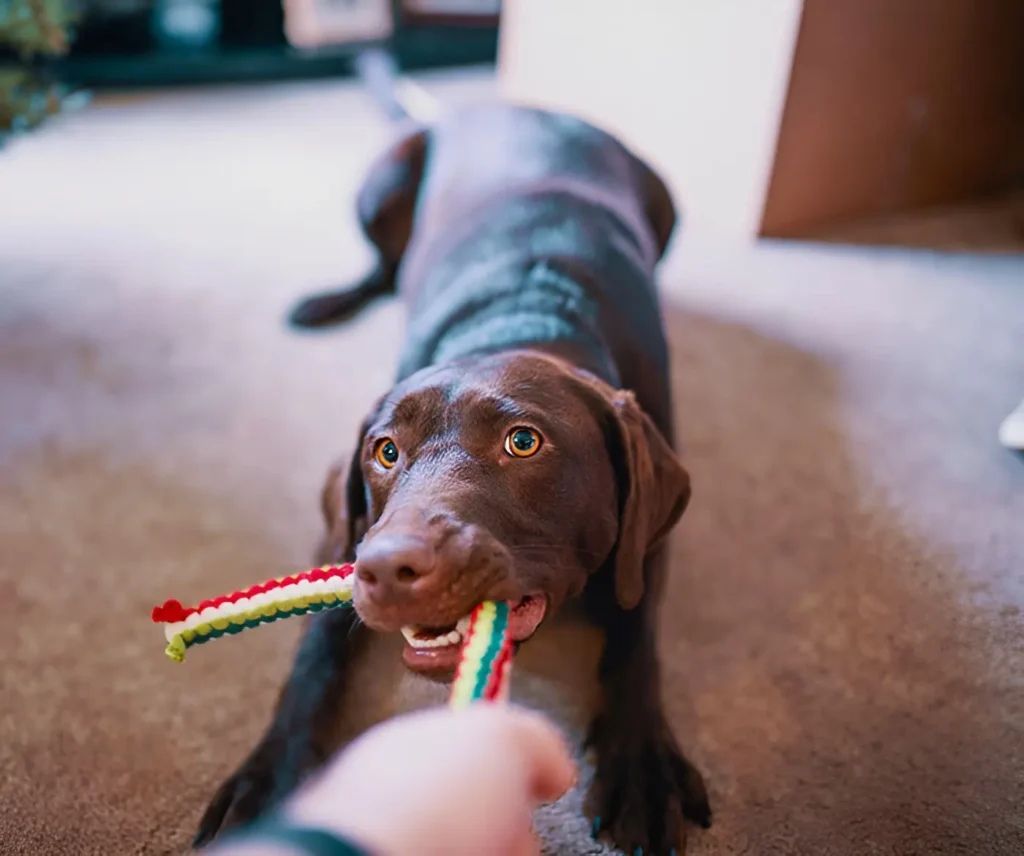

Addressing and managing your dog’s toy-shaking behavior involves understanding its root causes and implementing strategies that fulfill your dog’s instinctual needs while ensuring their safety and peace of mind. Here’s a spectrum of methods, from the most to the least effective, to help you cope with and positively channel this behavior.
1- Provide Interactive and Enrichment Toys
Offering toys that cater to your dog’s instinct to shake can be incredibly beneficial. Durable, interactive toys that mimic the movements of prey, such as toys with squeakers or ones that wobble unpredictably, can satisfy this primal urge in a safe and controlled manner. Enrichment toys that challenge their mind can also redirect the energy in shaking toward the toy itself.
2- Regular Exercise and Mental Stimulation
Ensure your dog gets plenty of exercises tailored to their breed and energy level. Big dogs will need more playful hours and activities that require more energy than compared to small dogs Activities like long walks, runs, or playing fetch can help burn off excess energy, reducing the intensity and frequency of toy shaking due to high energy or stress.
NOTE: Pent-up energy may be a leading cause of stress and aggression in your dog.
3- Mental Enrichment Activities
Engage your dog in mental stimulation activities like training sessions, puzzle toys, or scent work games. These activities not only tire them out mentally but also provide an outlet for their natural behaviors in a more constructive way.
4- Supervised and Structured Play
Incorporate structured playtime into your dog’s routine, where you can supervise and interact with them. Use this time to teach them how to play gently and to discourage overly aggressive shaking. Commands like “drop it” or “gentle” can be helpful in managing playtime intensity.
5- Behavioral Training
If the toy shaking is excessive or seems to be driven by anxiety or aggression, consider working with a professional dog trainer. Behavioral training can address underlying issues and teach your dog more appropriate ways to express their instincts and emotions.
6- Environmental Enrichment
Sometimes, a change in the environment or more social interactions can help reduce undesired behaviors. Dog parks, play-dates, or new walking routes can provide novel stimuli and socialization opportunities, decreasing the need for intense toy shaking as an outlet.
7- Lack of Intervention
While it’s essential to allow dogs to express their natural behaviors, completely ignoring excessive or violent toy shaking without understanding its cause or providing alternatives can lead to potential issues. This includes the risk of developing obsessive behaviors, destruction of household items, or even injury.
By implementing these strategies, you can help manage your dog’s toy-shaking behavior in a way that respects their natural instincts while fostering a safe, stimulating, and happy environment. Remember, every dog is unique, so it may take some experimentation to find the right combination of methods that works for your furry friend.

